One of the highlights of my Danube river cruise with Avalon Waterways was a visit to the St. Florian Monastery (or Stift Sankt Florian in German) in Upper Austria. Located in the town of Sankt Florian (map) near Linz, this Augustinian monastery can trace its history back to the 9th century A.D. I’d not heard of the St. Florian Monastery before until my visit – thanks to Avalon Waterways for highlighting off-the-beaten-path but no less impressive attractions in their Active & Discovery itineraries. It was an amazing surprise as I was just blown away by its magnificence! If you’re a fan of Baroque architecture, the St. Florian Monastery should be on your bucket list! It definitely is one of the most beautiful monasteries in Austria that I’ve ever visited (and, strangely enough, I’ve visited quite a few! Haha!).
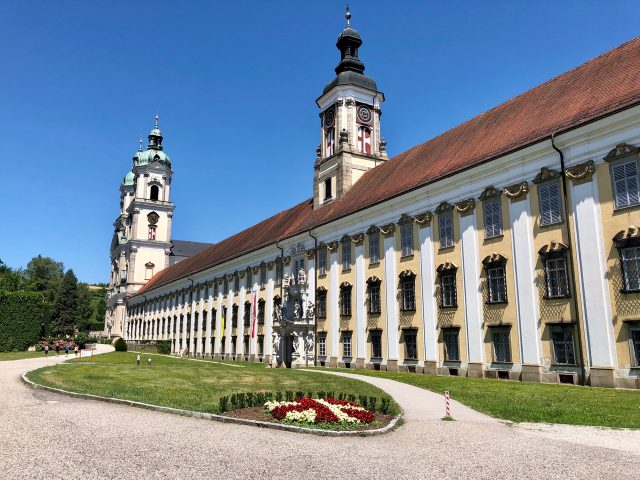
A bit about St. Florian
St. Florian was a Roman commander in the 1st century A.D. who converted to Christianity. He was executed by drowning in the nearby Enns river – there’s a modern artistic depiction on the Enns bridge – by the Romans who accused him of failing to uphold their laws against the Christians. He is said to be buried somewhere under the abbey. St. Florian is the patron saint of firefighters. Adjacent to the monastery, right next to the entrance, you’ll find a firefighter museum.
A photo tour of St. Florian Monastery
St. Florian is the largest monastery in Upper Austria and has been following the Rule of St. Augustine since the 11th century, making it one of the oldest Augustinian monasteries in the world. The monastery complex that can be seen today was constructed between 1686 and 1708, designed in Baroque style by Carlo Antonio Carlone, an Italian architect. After his death, Jakob Prandtauer, an Austrian architect schooled in the Baroque style, continued the work. The result is the biggest Baroque monastery in Upper Austria and one of the most impressive in the country.

Whilst the Melk Abbey (on the banks of the Danube near Sankt Pölten) is more popular among visitors for similar Baroque architecture, visitors to St. Florian can wander around without navigating tour groups and quietly admire the sights. And if you ask me, I think the St. Florian Monastery is more impressive than Melk Abbey or the Göttweig Abbey (though Göttweig Abbey commands a spectacular hilltop location overlooking the Wachau Valley). Follow me as I toured the incredible Baroque-style St. Florian Monastery:
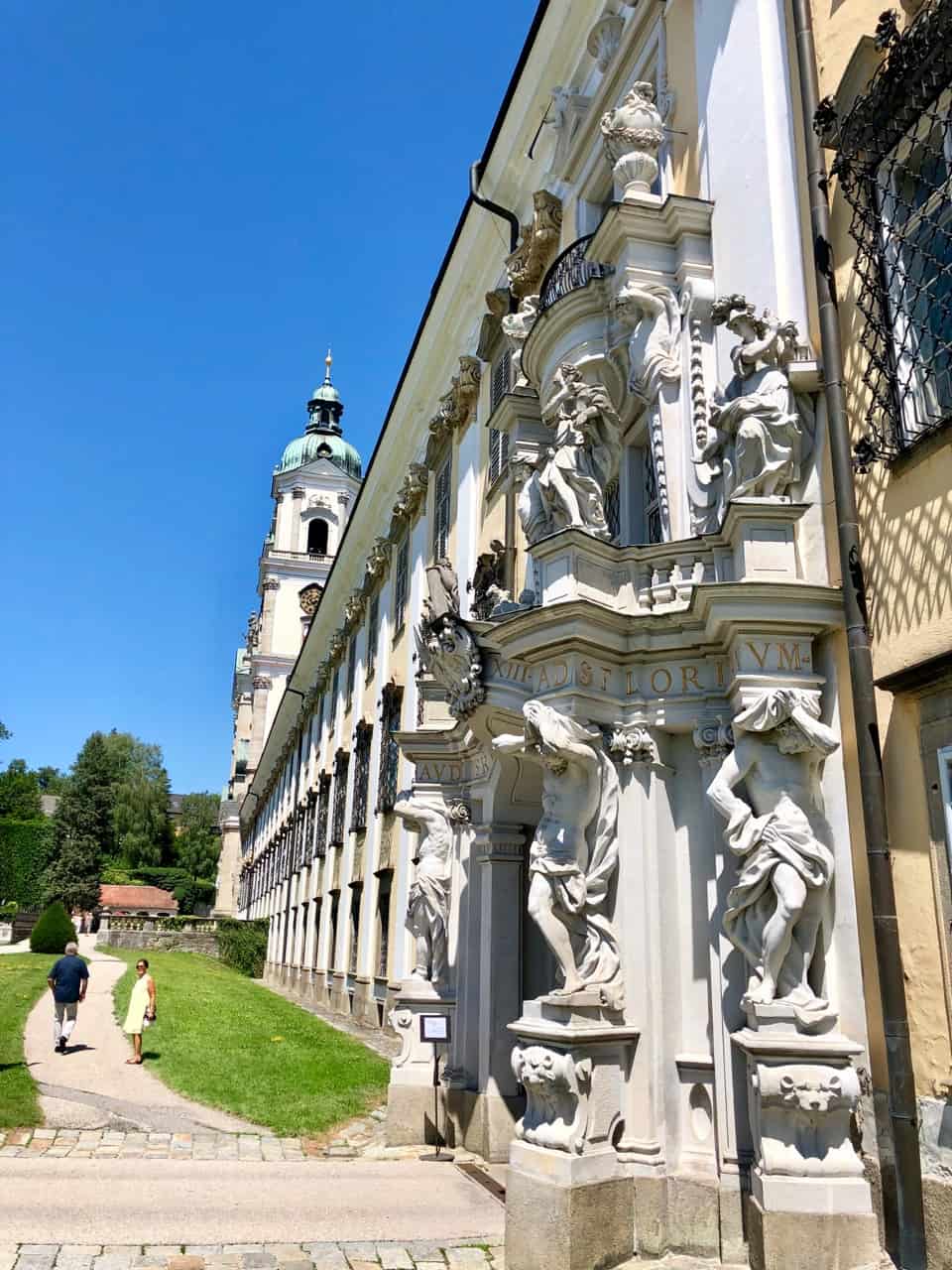
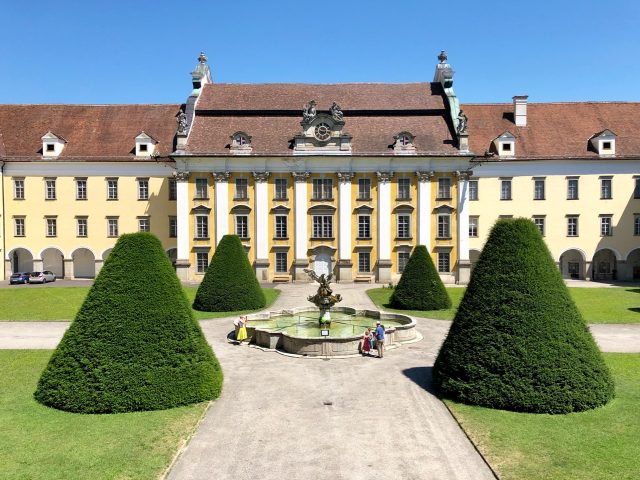
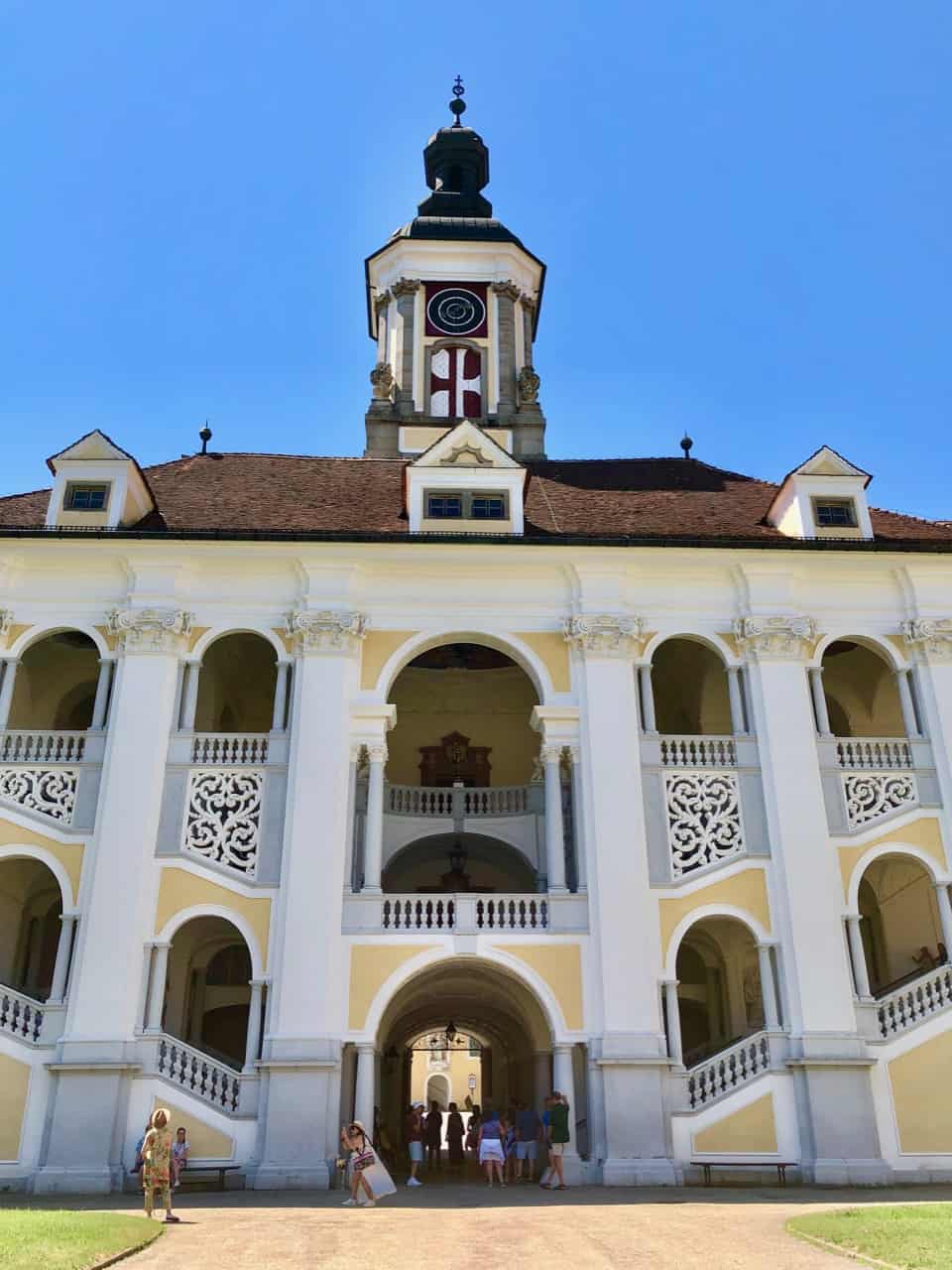
The Library of St. Florian
This was the first room we visited and the gasps of amazement and wonder were audible the second we stepped inside! The 18th century library features an amazing ceiling fresco and stunning wooden bookshelves which support a mezzanine floor. The monastery library is still in use as a reference library.
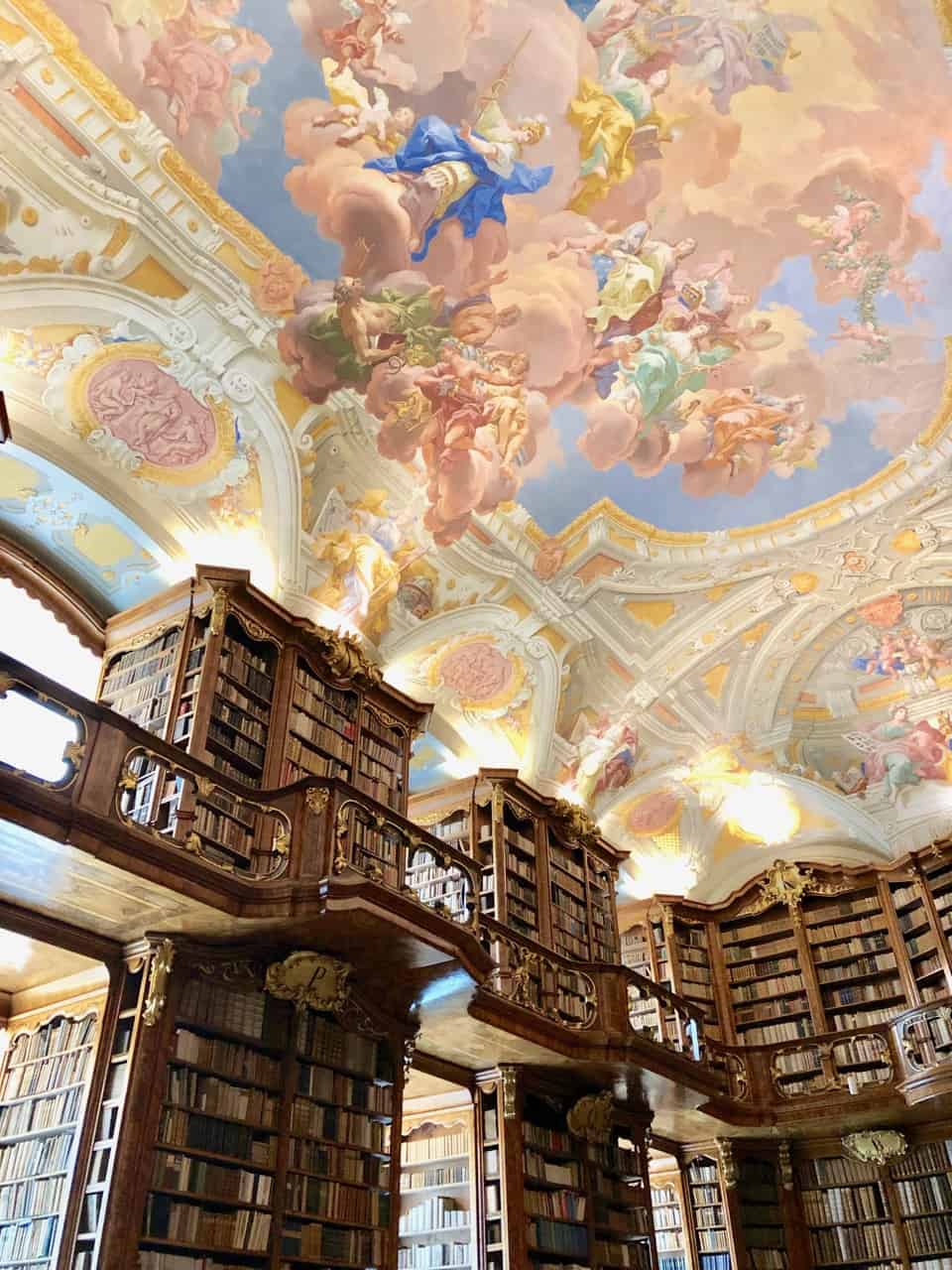
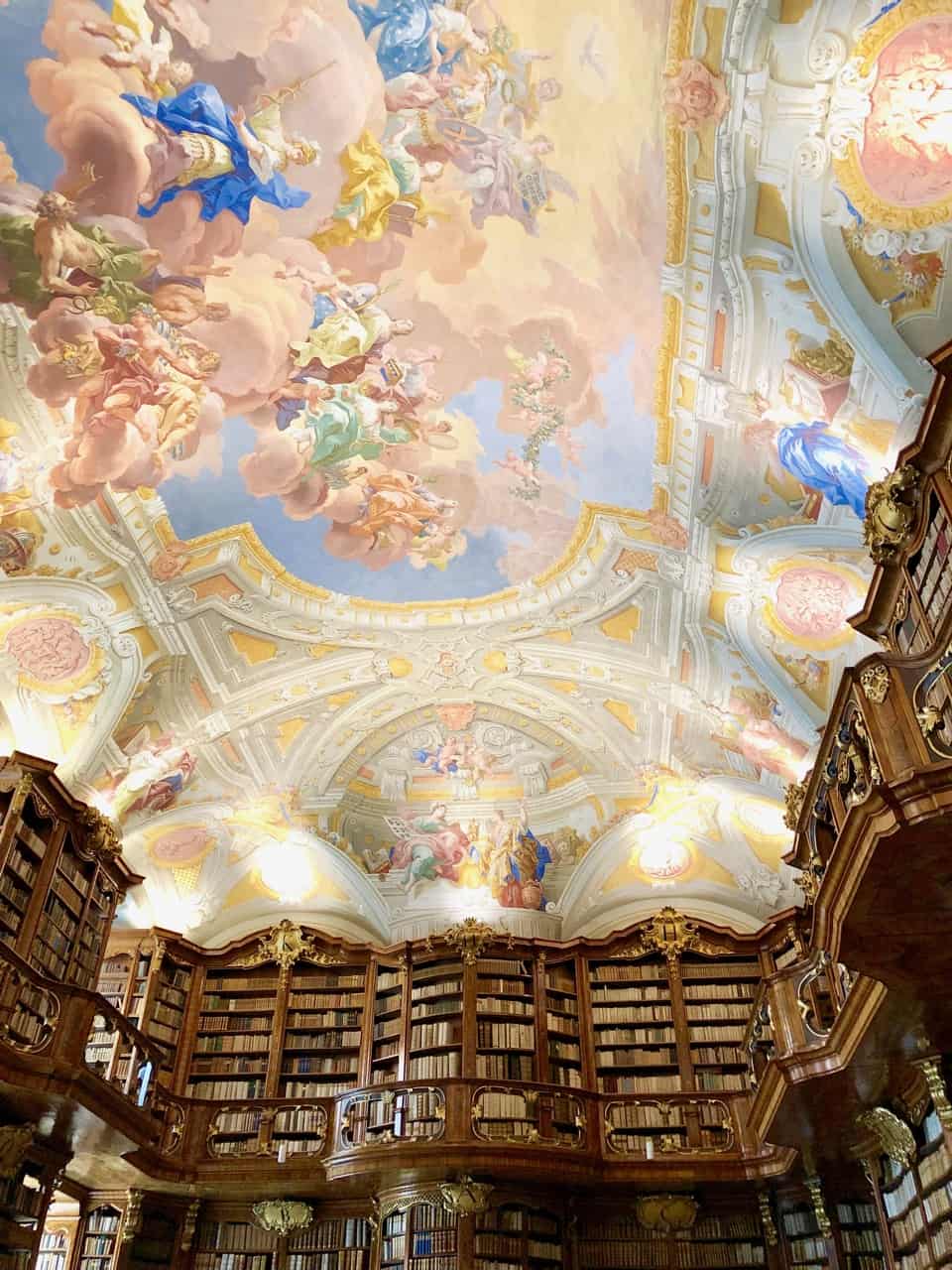
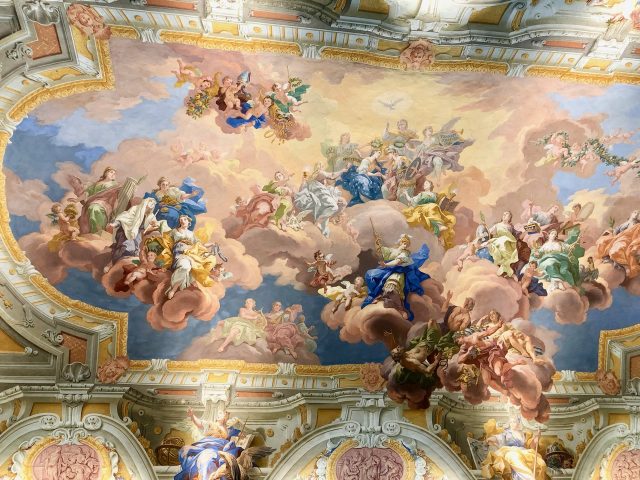
The Imperial Marble Hall
The Imperial Marble Hall was constructed for the purpose of entertaining visiting royals and dignitaries, and is another highlight of the St. Florian Monastery. The marble pillars are actually paintings, and the ceiling is decorated with elaborate frescoes that have a clever 3-D effect! This optical illusion is quite phenomenal! This style, called trompe l’oeil (French for ‘deceive the eye’), is used profusely throughout the monastery but is especially pronounced in the Imperial Marble Hall and Basilica.
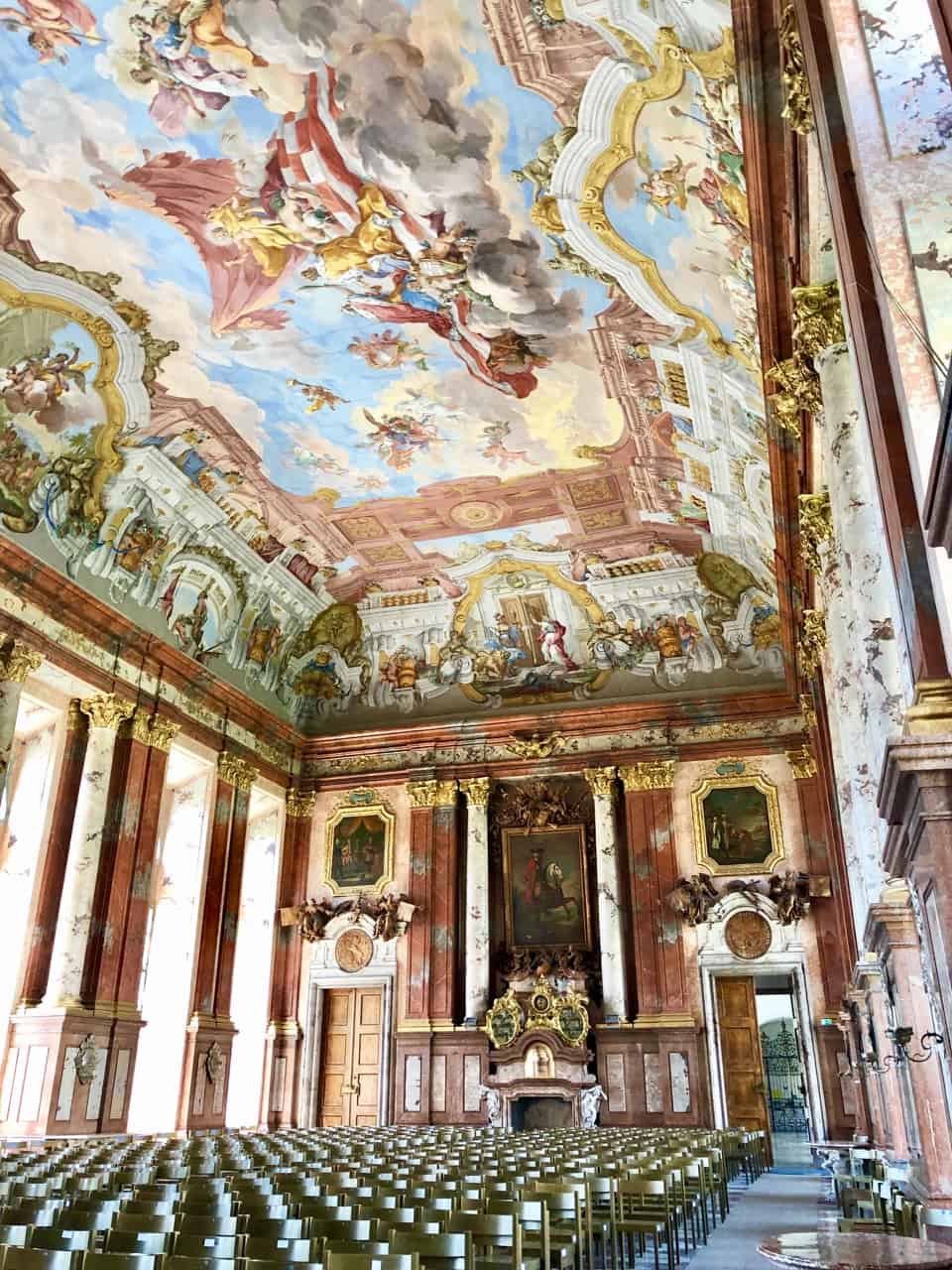
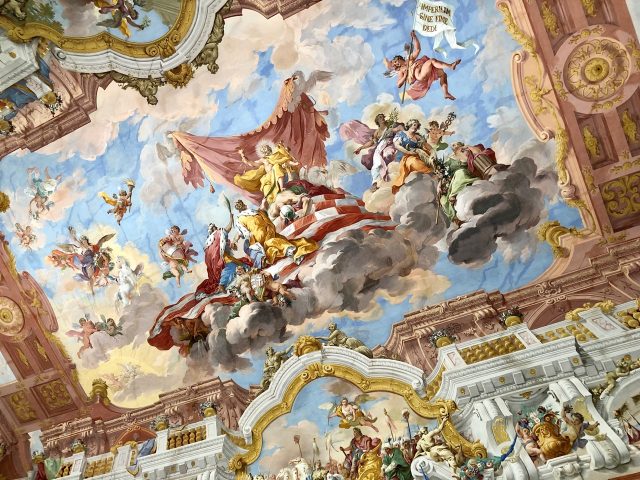
The Crypt
After the Imperial Marble Hall, we made our way down to the Crypt, on the way stopping at the paintings of the Sebastian Altar by Albrecht Altdorfer. The Crypt contained a morbid surprise – a huge pile of skulls and skeleton bones. Discovered in the 13th century, it is said that these bones are remnants of more than 6,000 Christians who were buried in the area since Roman times. In front of the skulls lay the coffin of Anton Bruckner, a famous Austrian composer. In fact, he was laid to rest directly under his beloved Bruckner organ, which stands tall in the Basilica above.
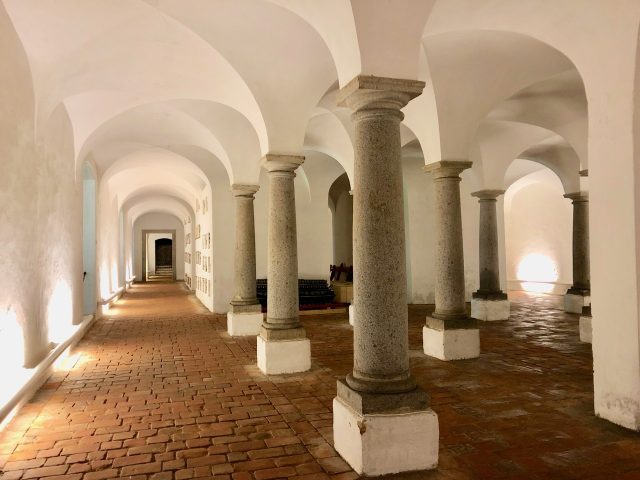
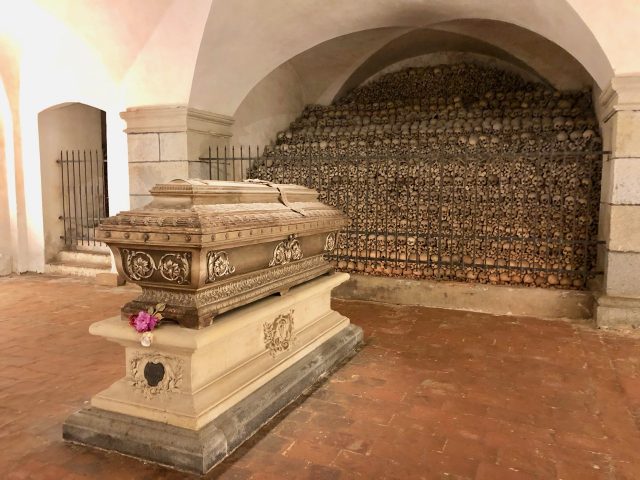
The Basilica of St. Florian
Our final stop was the stunning Basilica, a visual spectacle that drew more ‘ooohs’ and ‘aaahs’. The Basilica was constructed, under the supervision of Carlo Antonio Carlone, on the foundations of the old Gothic church in 1686. At the back of the Basilica are the two organs, the larger of which is known as the Bruckner organ. Anton Brucker was a choir boy at the Abbey who later became the chief organ player and famous composer.
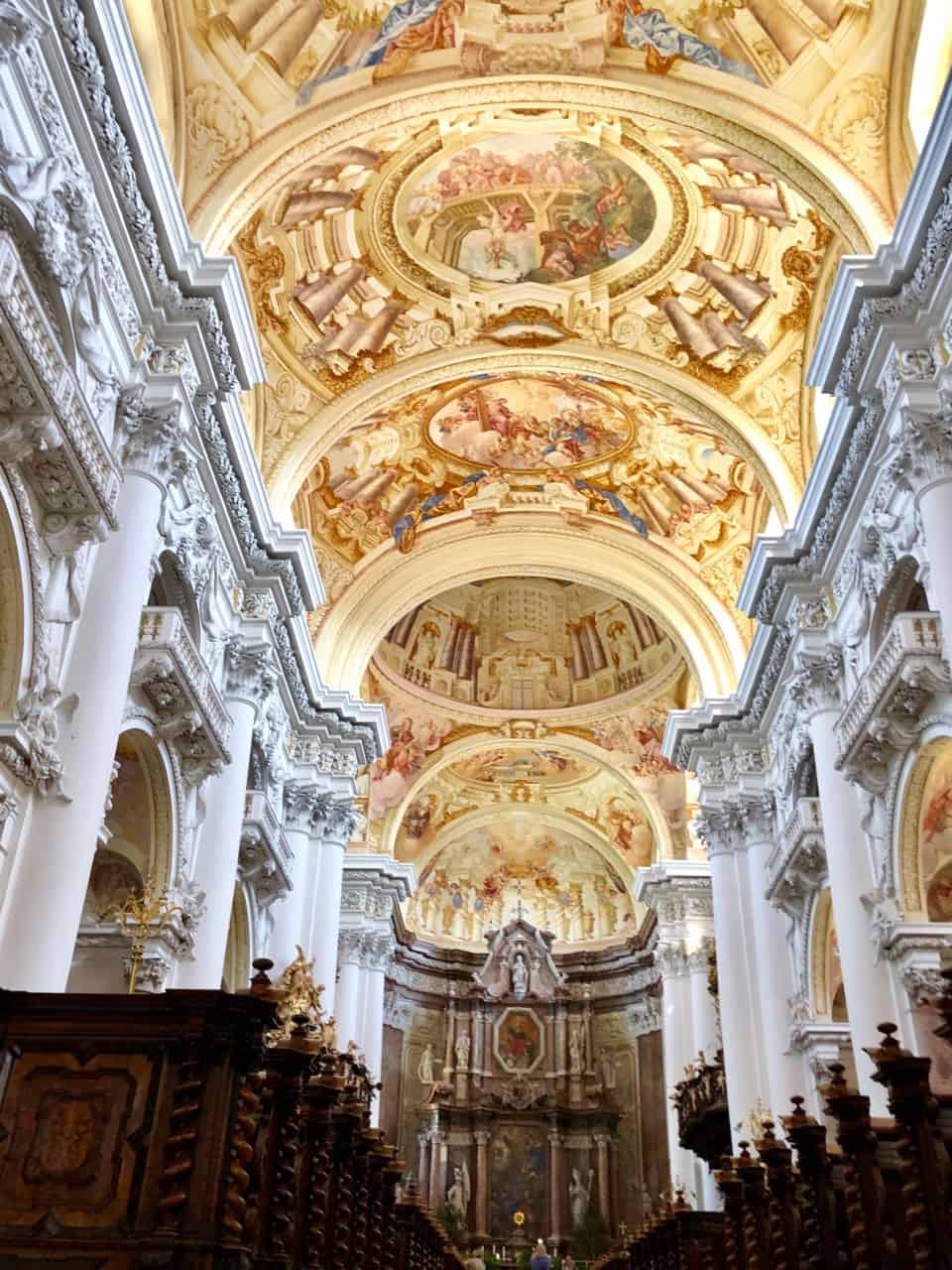
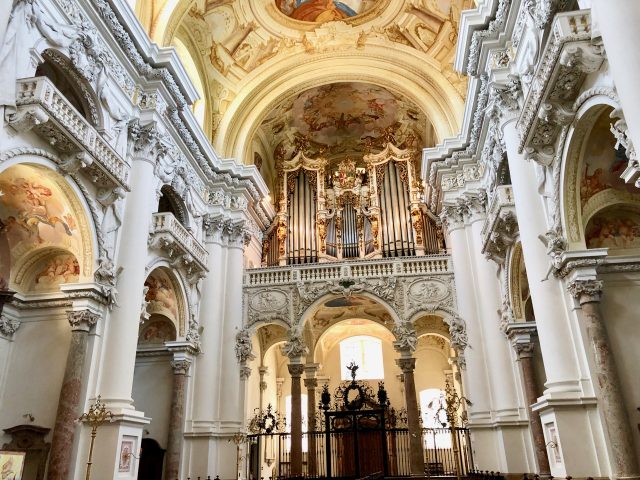
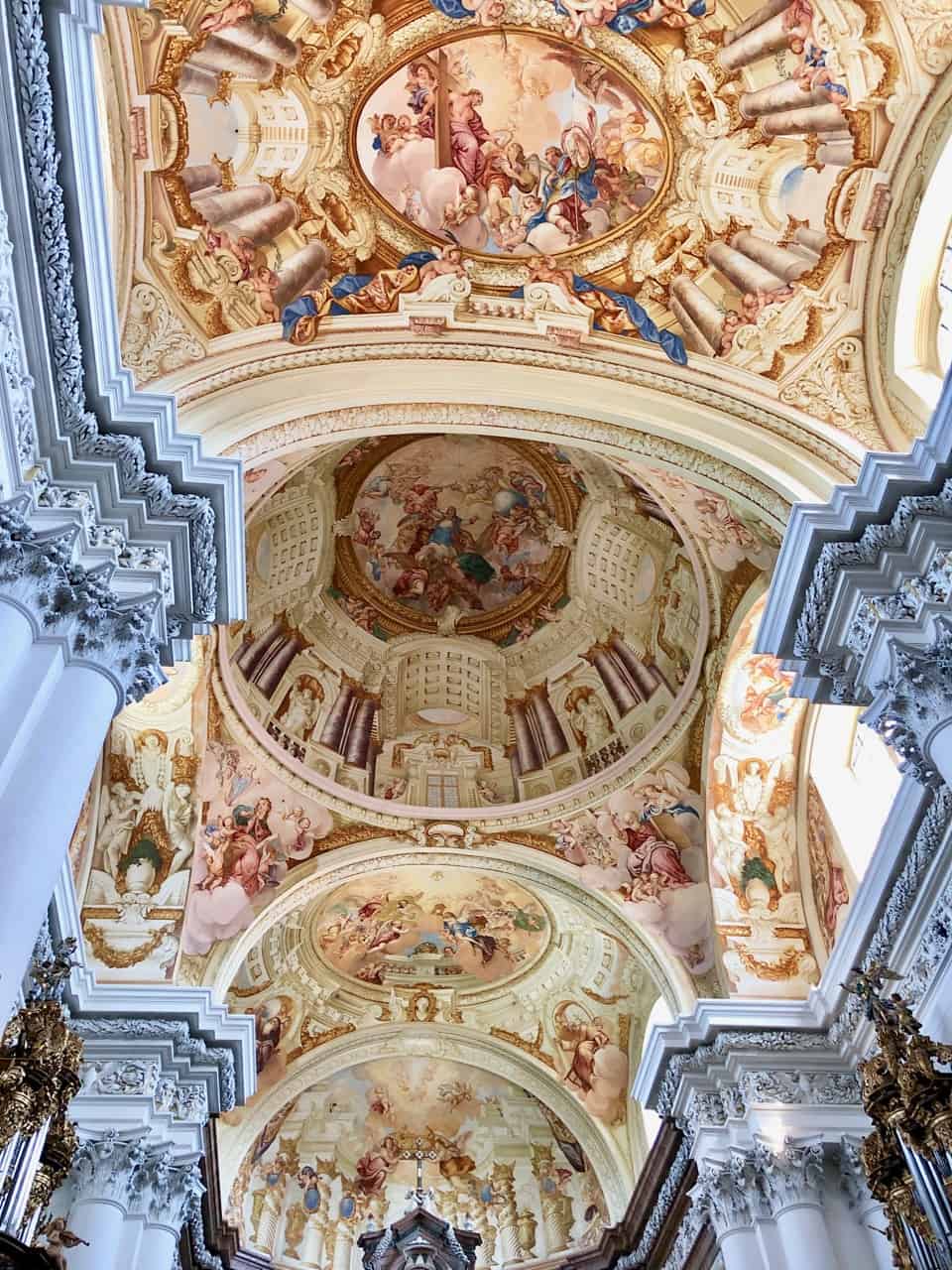
We were fortunate to experience a small organ concert, featuring works by Bach and Bruckner, in this amazing Basilica. It surely was an unforgettable experience. To find out about concert times or make a special request to listen to the organ, simply inquire at the porter’s lodge.

It was a wondrous visit and the treasures of the St. Florian Monastery were simply magnificent! If you had to choose between the various monasteries and abbeys in this part of Austria, I highly recommend opting for a visit to St. Florian. This turned out to be one of my favourite Avalon excursions during my Danube river cruise with Avalon Waterways
Read other Velvet Escape posts on Austria:
- My weekend in Graz
- Exploring Vienna in a day
- A schnaps adventure in Tirol
- Things to do in Graz
- Exploring the South Styrian Wine Road
Note: my visit to Stift Sankt Florian was part of my Danube river cruise, a collaboration between iambassador and Avalon Waterways. All views stated above are mine.

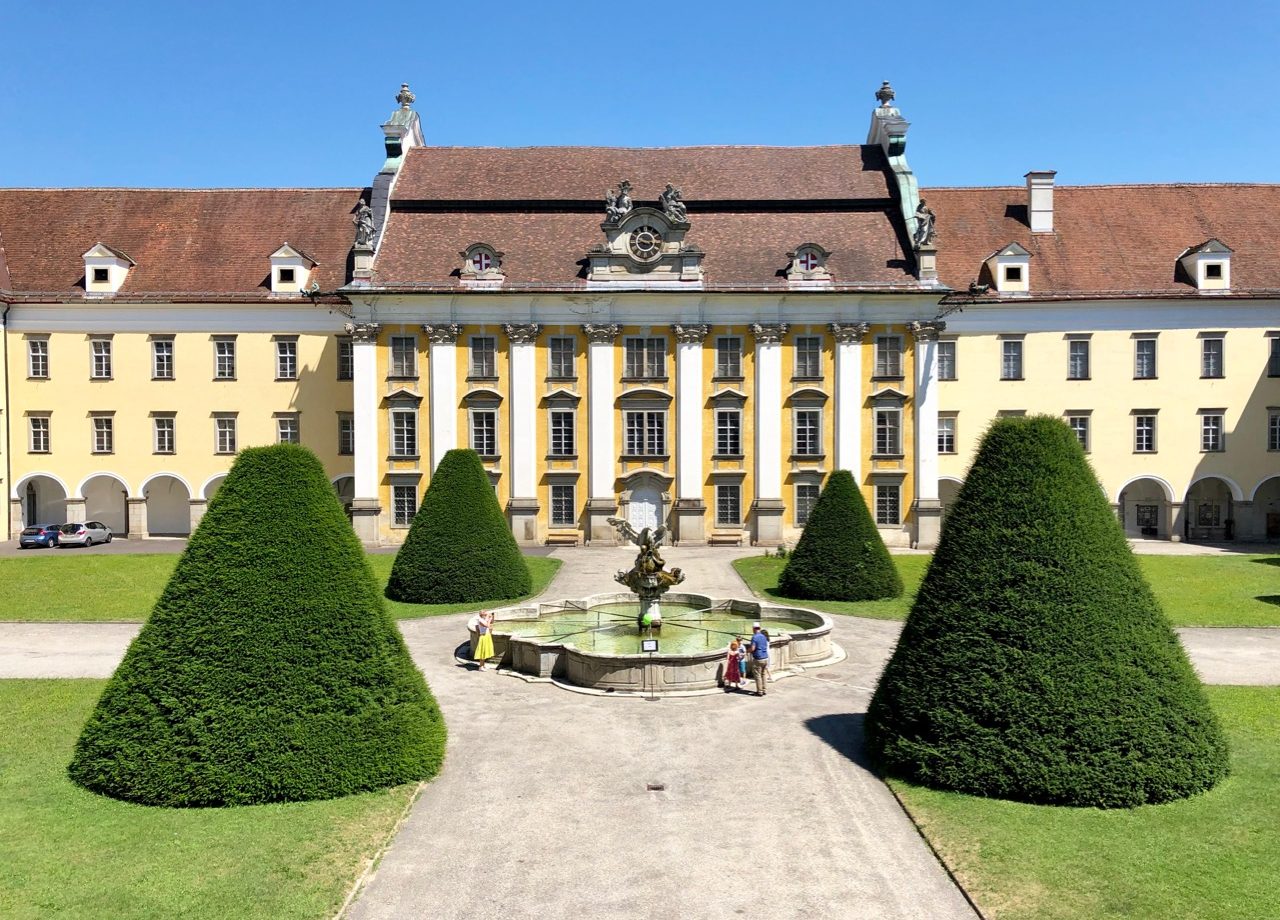
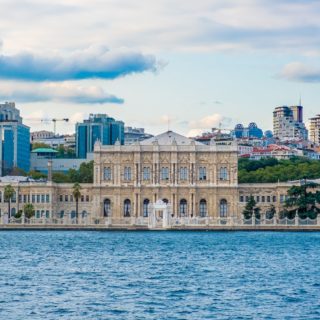
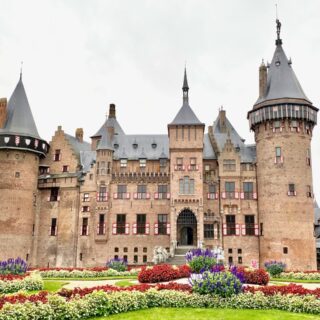
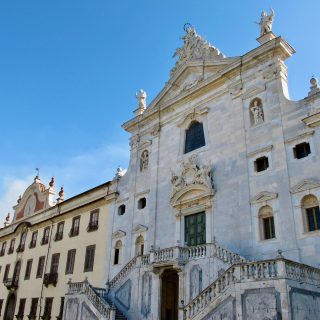
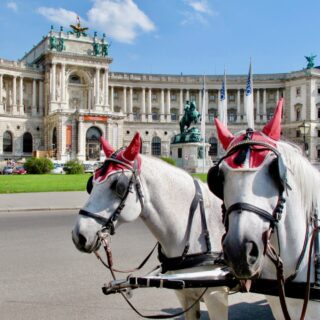






[…] Read about my visit to this amazing baroque monastery in Austria. […]
[…] I’d not heard of the St. Florian Monastery before my visit but I was quite literally blown away by how impressive it is. If you’re a fan of Baroque architecture, then you should definitely add this monastery to your bucket list! The library and Imperial Marble Hall were absolutely breathtaking! To top off this incredible excursion, we were treated to a private organ concert in the magnificent basilica! Read about my visit to the Saint Florian Monastery. […]
Your artistry are breathtaking particularly in the ancient building designs. How big is monastery building? Looks like 5 reasonably big ones put together. I’ve also had the opportunity to see an compare the Basilica in this great land which compares in many perspective to the St Peter’s Basilica in Rome. Great art with great potential of tourist attraction
[…] Read about my visit to the nearby St. Florian Monastery. […]
[…] Read about my visit to the St. Florian Monastery. […]